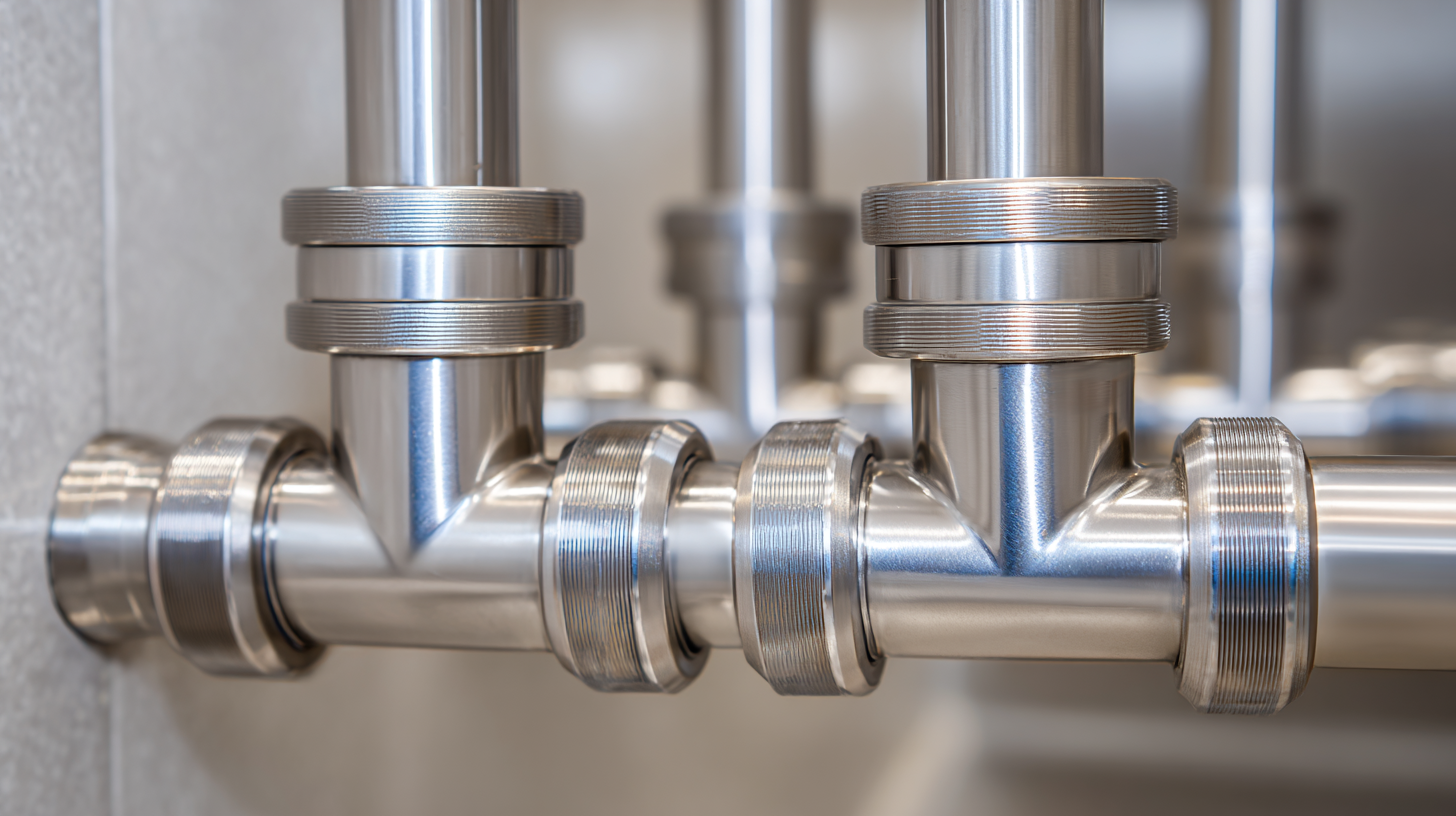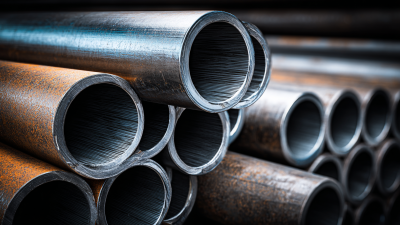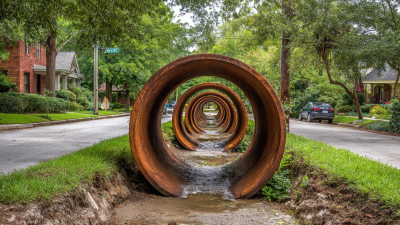
Made in America
Get Connected With



Email Us
sale@abrvpartsacc.com
Call Us
+1 (626) 448-2100
Made in America
Get Connected With




In the realm of plumbing projects, the choice of materials directly impacts efficiency, durability, and overall project success. One of the standout options in this field is stainless steel fittings, known for their remarkable strength, corrosion resistance, and excellent longevity. As plumbing systems become increasingly complex, utilizing stainless steel fittings can lead to a myriad of advantages, including reduced maintenance costs and enhanced reliability.
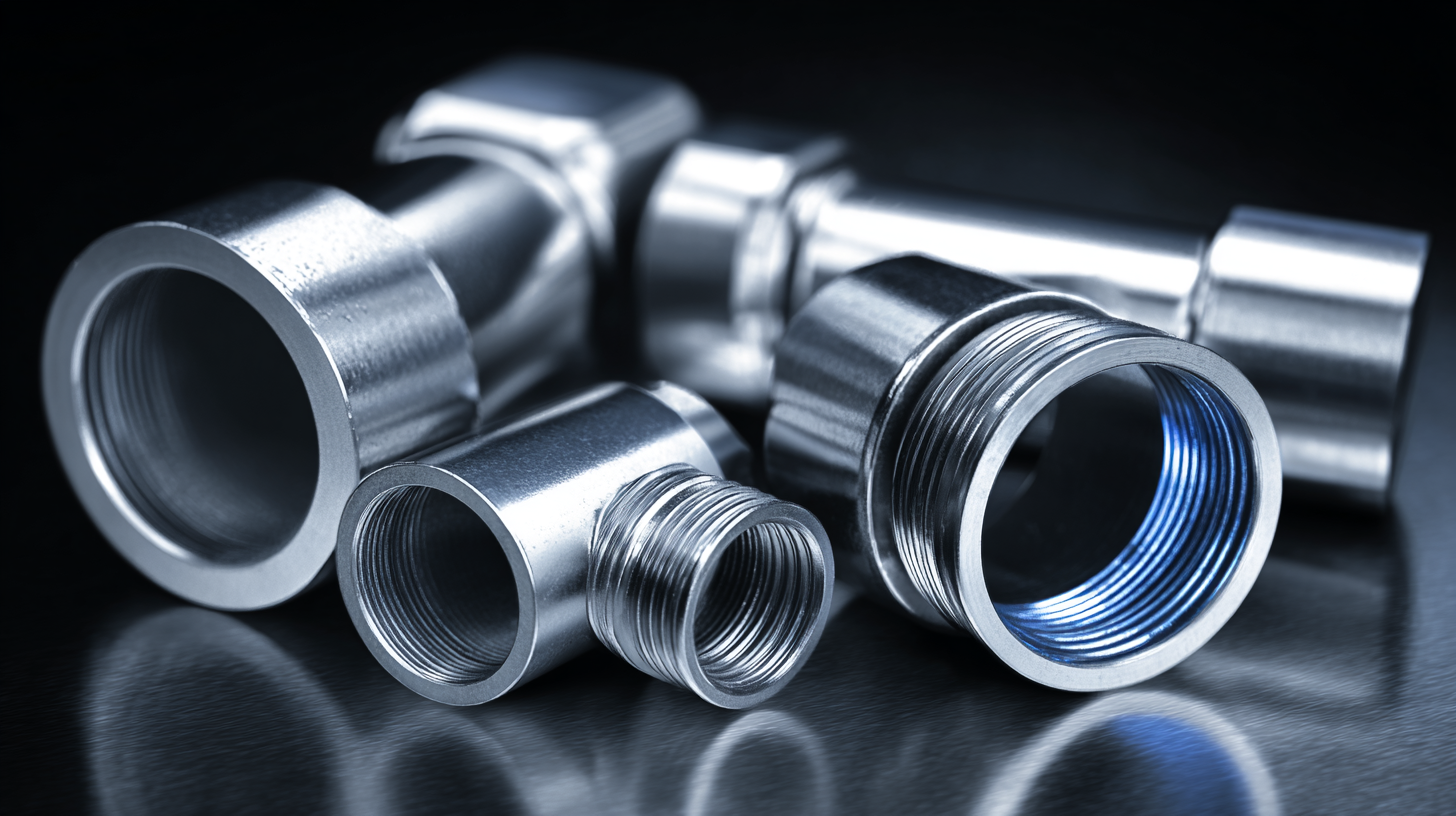
This introduction delves into why stainless steel fittings are the optimal choice for maximizing efficiency in plumbing projects. By exploring their unique properties, practical applications, and long-term benefits, we can better understand how these fittings can streamline processes, save time, and ultimately provide superior performance for any plumbing system. Embracing stainless steel fittings is not just a trend; it represents a significant step forward in modern plumbing practices.
Stainless steel fittings have become a game-changer in the plumbing industry, primarily due to their durability and resistance to corrosion. According to a report by the American Society of Plumbing Engineers, stainless steel fittings can last up to 30 years longer than traditional materials such as copper and PVC. This longevity not only reduces replacement costs but also minimizes the environmental impact associated with frequent repairs and replacements.
In addition to their impressive lifespan, stainless steel fittings are known for maintaining water quality. Unlike some other materials that may leach harmful chemicals into the water supply, stainless steel is non-reactive and safe for drinking water systems. A study published by the Water Quality Association highlights that using stainless steel can significantly improve water safety and taste, making it a preferred choice for both residential and commercial plumbing projects.
**Tips for Choosing Stainless Steel Fittings:**
- Ensure you select fittings that meet or exceed ANSI/NSF Standard 61 for health effects in drinking water systems.
- When planning a plumbing project, consider using welded fittings, as they enhance structural integrity and reduce the risk of leaks.
- Regularly inspect stainless steel fittings to maintain their optimal performance, looking for any signs of pitting or corrosion which could compromise the system.
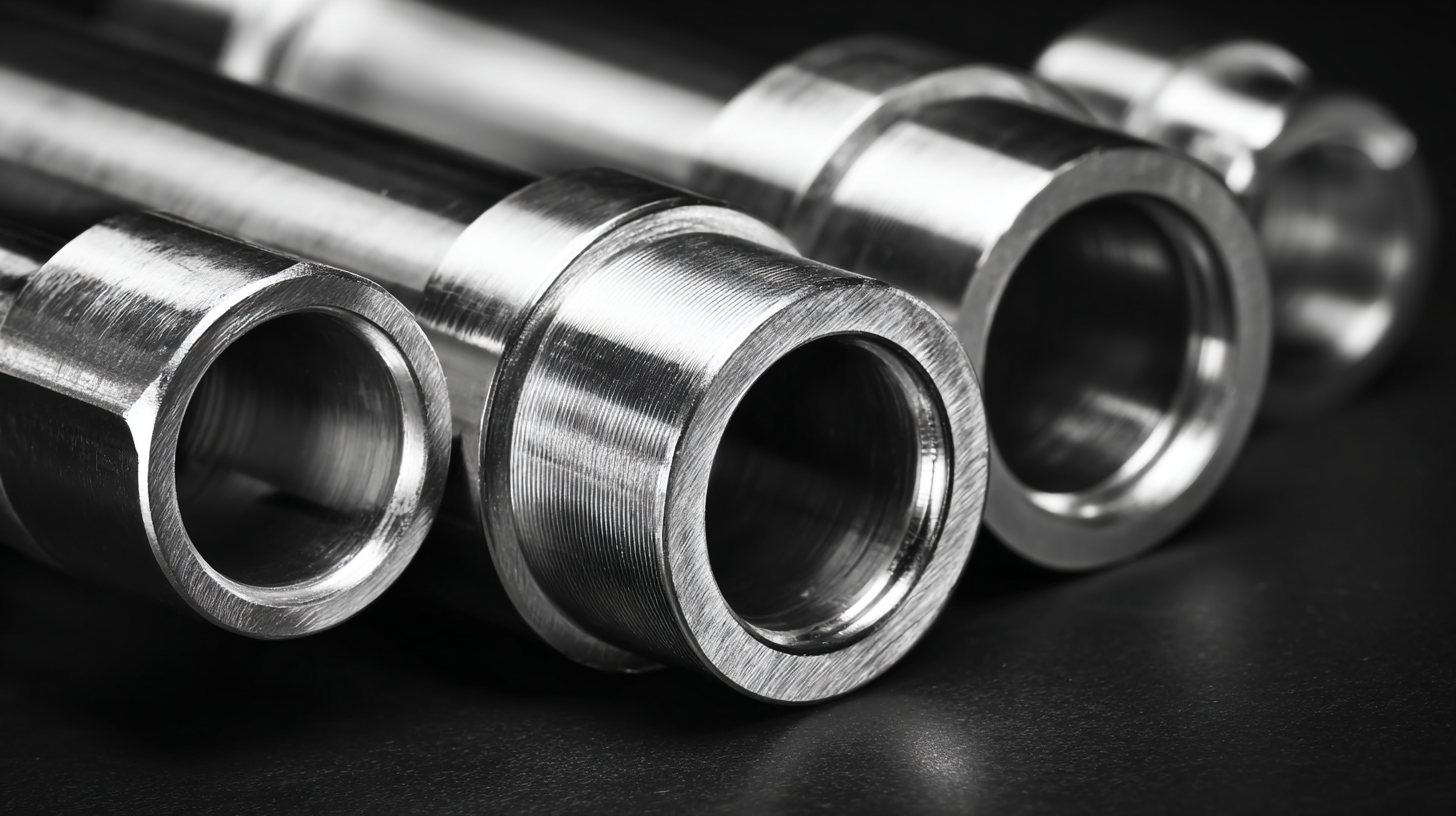
When selecting high-quality stainless steel fittings for plumbing projects, several key factors come into play that can significantly affect both efficiency and long-term performance. One of the most critical aspects is the grade of stainless steel used. According to the Stainless Steel Global Market Report 2023, 304 and 316 grades are the most commonly utilized in plumbing applications due to their excellent corrosion resistance and durability. Specifically, 316 stainless steel offers greater resistance to chlorides, making it ideal for projects in coastal areas or with exposure to saltwater.
Another important consideration is the fit and finish of the fittings. Research from the American Society of Plumbing Engineers indicates that a tight, precise fit can reduce the chances of leaks, thereby enhancing overall system efficiency. Pipe fittings that are well-manufactured with smooth internal surfaces can improve flow rates and reduce pressure loss, achieving the desired hydraulic performance. Furthermore, certifications like NSF/ANSI 61 ensure that the fittings meet safety standards for drinking water usage.
Lastly, it is essential to evaluate the supplier's reputation and the availability of technical support. As noted in a recent Plumbing Manufacturers International report, 78% of plumbing professionals prioritize reliable customer service and warranties when sourcing fittings. This ensures that any issues that arise during installation or maintenance can be promptly addressed, keeping projects on schedule and within budget.
This bar chart illustrates the key factors affecting the selection of high-quality stainless steel fittings, providing insights into their impact on project efficiency.
In plumbing installations, enhancing workflow efficiency is crucial for maximizing productivity and reducing operational costs. One significant technique to improve efficiency is the use of stainless steel fittings, which are known for their durability and corrosion resistance. According to the Plumbing Efficiency Report 2023 by the American Society of Plumbing Engineers, projects using stainless steel components have shown a 30% reduction in installation time compared to those using traditional materials like PVC or copper. This reduction not only accelerates project timelines but also minimizes the labor costs associated with plumbing tasks.
Another effective strategy is the implementation of prefabrication techniques. By assembling components off-site before transporting them to the installation location, plumbers can significantly reduce on-site work. A study conducted by the National Institute of Standards and Technology found that prefabrication can lead to a 50% decrease in installation time and a 25% reduction in overall project costs. When combined with stainless steel fittings, the benefits multiply, allowing for smoother, faster connections and ultimately a more streamlined workflow in plumbing projects. By adopting these advanced techniques, plumbing professionals can realize substantial gains in both efficiency and profitability.
Cost-Effectiveness of Stainless Steel Fittings in Long-Term Plumbing Solutions
When considering plumbing projects, the initial investment in materials can significantly impact the overall budget. However, opting for stainless steel fittings proves to be a cost-effective choice for long-term plumbing solutions. According to a report by the Global Stainless Steel Market, stainless steel fittings have a lifespan that is 2-3 times longer than traditional materials like PVC or copper. This longevity reduces the frequency of replacements and repairs, ultimately saving both time and money.
Moreover, stainless steel’s resistance to corrosion and mineral build-up enhances its durability in various environments, reducing maintenance costs over time. A study published by the Plumbing Manufacturers International indicates that switching to stainless steel fittings can reduce system failures by up to 30%, decreasing emergency repair costs significantly.
**Tips:**
- Always assess your project’s specific needs before selecting materials; although stainless steel may have a higher upfront cost, its long-term savings are often more beneficial.
- Ensure that all fittings are certified and meet industry standards to maximize efficiency and reduce potential leaks or failures in the plumbing system.
- Consider consulting with a plumbing professional to evaluate the best solutions tailored to your project's requirements for optimal cost-effectiveness.
| Project Type | Material Cost ($) | Installation Cost ($) | Lifespan (Years) | Maintenance Cost/Year ($) | Total Cost Over 20 Years ($) |
|---|---|---|---|---|---|
| Residential | 2000 | 1500 | 25 | 100 | 5000 |
| Commercial | 5000 | 3500 | 30 | 200 | 9200 |
| Industrial | 8000 | 5000 | 35 | 300 | 12800 |
Maintaining stainless steel plumbing systems is crucial for ensuring longevity and reliability, particularly in commercial and industrial applications. According to a report from the International Stainless Steel Forum (ISSF), stainless steel has a lifespan of up to 100 years when properly maintained, making it a cost-effective choice in the long run. Regular inspections are essential in identifying early signs of corrosion or wear, especially in areas exposed to harsh chemicals or extreme temperatures. Implementing a routine maintenance schedule can help mitigate deterioration and maintain optimal performance.
Another best practice involves the proper selection of fittings and seals. The American Society of Plumbing Engineers (ASPE) emphasizes that using compatible materials is critical in preventing galvanic corrosion, which can compromise the integrity of stainless steel systems. It's advisable to ensure that all components within the plumbing system are of the same grade of stainless steel, such as 304 or 316, depending on the intended application. Furthermore, employing techniques like passivation can enhance the corrosion resistance of stainless steel, ensuring the plumbing system remains efficient and free from leaks or failures over time.
